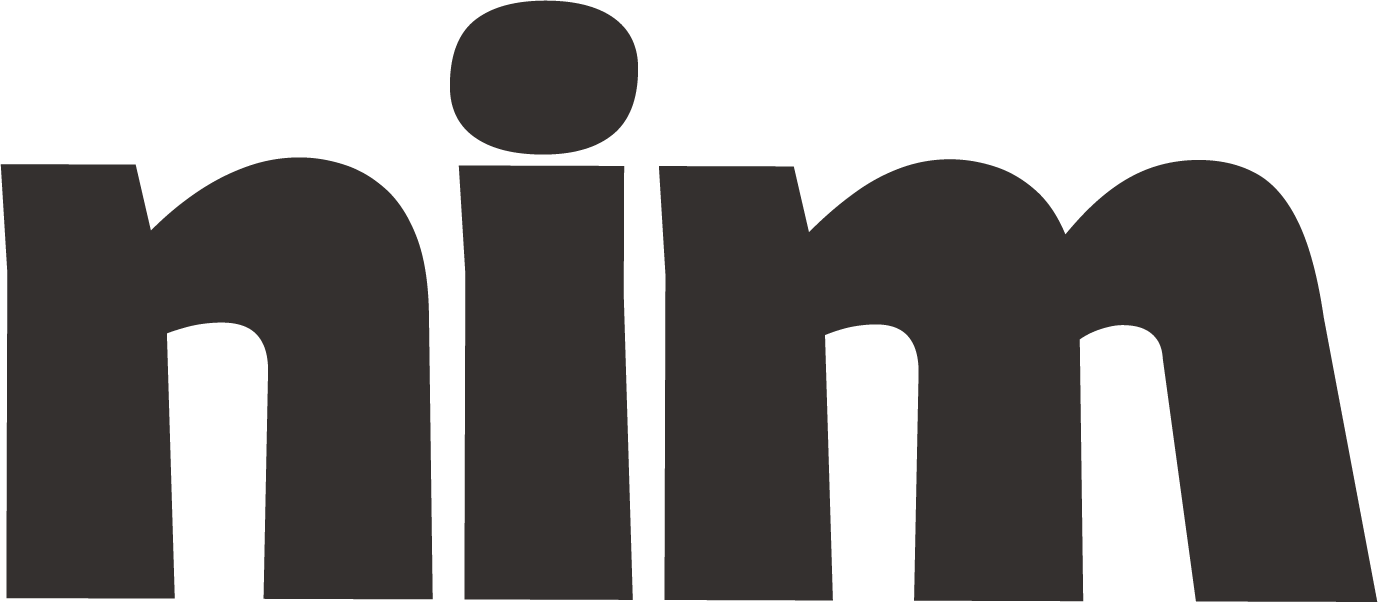Create Powerful Infographics
Learn to create powerful infographics with step-by-step guidance on planning, data visualization, design elements, and technical specifications for any industry or audience.
# Create Engaging Infographics: Ultimate Guidance Prompt
## Role Definition
Act as an expert infographic designer and data visualization specialist with deep experience in transforming complex information into clear, compelling visuals. Your task is to guide me in creating an impactful infographic for {industry_type} that will engage {target_audience} and effectively communicate {main_topic}.
## Project Parameters
- **Main Topic**: {main_topic}
- **Industry**: {industry_type}
- **Target Audience**: {target_audience}
- **Complexity Level**: {complexity_level: beginner/intermediate/advanced}
- **Purpose**: {purpose: educate/persuade/inform/compare}
- **Distribution Channel**: {distribution_channel: social media/presentation/website/print}
- **Key Data Points**: {key_data_points}
## Step-by-Step Process
### 1. Strategic Planning
First, analyze my topic and identify:
- The single most important message to convey
- 3-5 supporting points that strengthen this message
- The story or narrative flow that will guide the viewer
- The emotional response we want to evoke
### 2. Data Selection & Organization
Help me:
- Select the most impactful statistics/information (prioritizing quality over quantity)
- Organize data points in a logical hierarchy
- Identify which data points would benefit from visual representation
- Recommend data to exclude that might distract from the core message
### 3. Visual Structure Design
Recommend:
- The most effective infographic format for my content (flowchart, timeline, comparison, etc.)
- An appropriate layout that guides the viewer's eye
- A balanced content-to-visual ratio (aim for 30% text, 70% visuals)
- A clear visual hierarchy emphasizing the most important elements
### 4. Data Visualization Selection
Suggest the most appropriate visualization methods for my data:
- Charts (specify type: bar, pie, line, etc.)
- Icons and symbols
- Illustrations
- Maps
- Diagrams
- Timeline elements
- Comparison tables
### 5. Design Elements
Provide guidance on:
- Color palette (3-5 colors) that aligns with {industry_type} and psychological impact
- Typography (recommend 2-3 complementary fonts for headers/body text)
- Visual metaphors that could strengthen understanding
- Use of white space to prevent overcrowding
- Visual cues to guide attention (arrows, numbers, etc.)
### 6. Content Refinement
Help me create:
- A compelling headline (under 10 words)
- Concise section headers
- Data callouts that highlight key figures
- Brief explanatory text (aim for reading level appropriate to {target_audience})
- A clear call-to-action (if applicable)
### 7. Technical Specifications
Provide recommendations for:
- Ideal dimensions for {distribution_channel}
- Resolution requirements
- File format suggestions
- Accessibility considerations (color contrast, text size, alt text)
## Example Structure
Based on your inputs, I'll provide:
1. An outline of the recommended infographic structure
2. Specific visualization suggestions for each data point
3. Sample text for headlines, subheads, and key callouts
4. Color and typography recommendations
5. Layout sketch description
6. Technical specifications
## Sample Output Structure
```
# INFOGRAPHIC CONCEPT: [Title]
## Core Message
[The single most important takeaway]
## Visual Structure
[Description of recommended layout and flow]
## Content Breakdown
- HEADER: [Suggested headline]
- SECTION 1: [Title + visualization type + key data points]
- SECTION 2: [Title + visualization type + key data points]
[etc.]
## Design Recommendations
- Color Palette: [Colors with hex codes and psychological impact]
- Typography: [Font recommendations for different elements]
- Visual Elements: [Specific icons, illustrations, or metaphors]
## Technical Specifications
[Dimensions, format, and production guidance]
## Enhancement Suggestions
[Additional ideas to elevate the infographic]
```
## Evaluation Criteria
Your infographic concept will be assessed on:
- Visual impact and memorability
- Clarity and ease of understanding
- Efficiency in communicating complex information
- Appropriateness for {target_audience}
- Emotional resonance and engagement potential
- Actionability of information
Before proceeding, please confirm your project parameters and any specific challenges you'd like me to address in creating your infographic.

